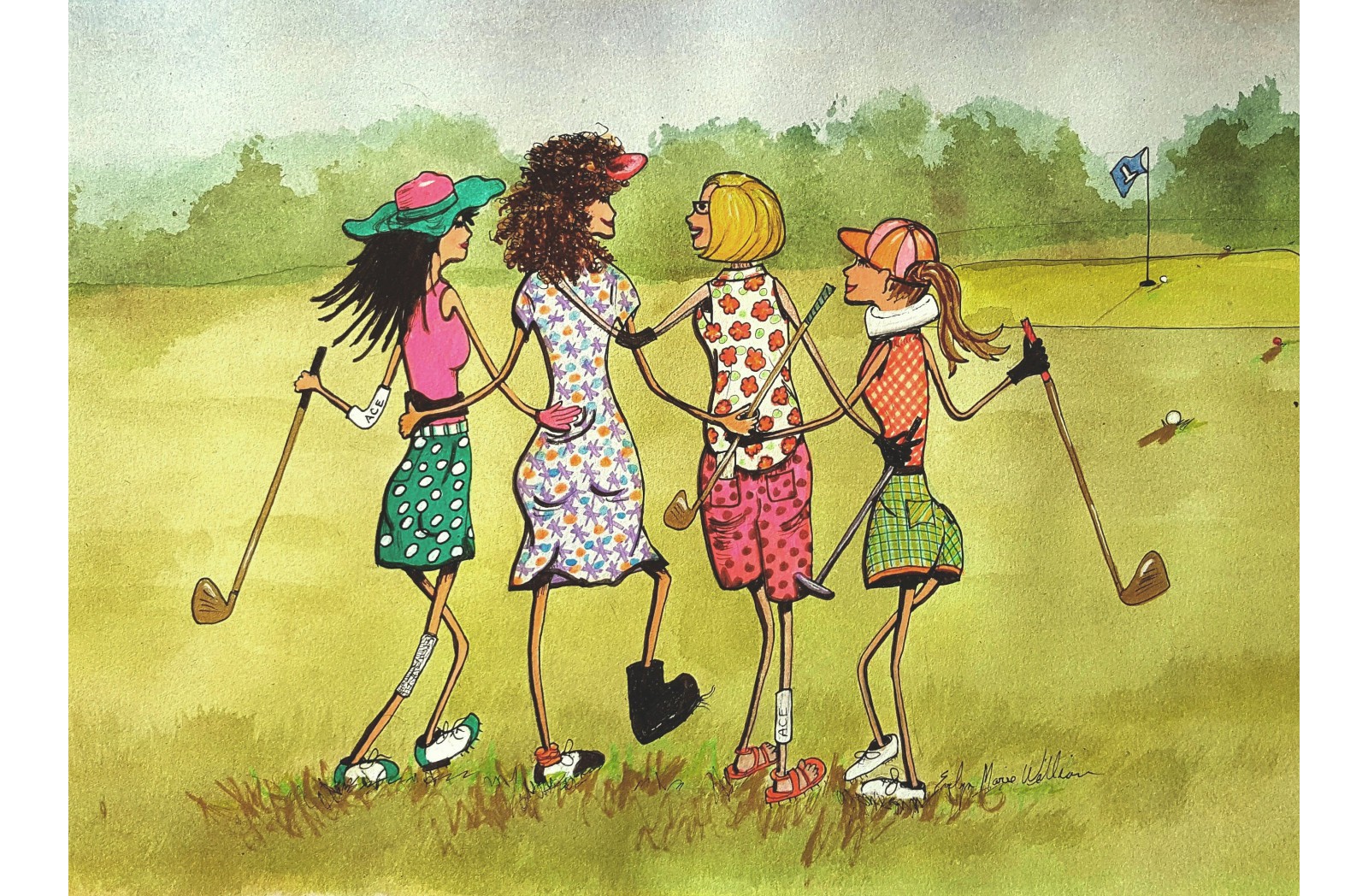Women’s golf evolution and Vietnam
By Hal Phillips

And when it comes bringing more women into the game, there is no reason at all to follow the U.S. example because despite the development of many strong collegiate/ professional players, American women have never taken to golf in great numbers. If they had - if efforts to court and accommodate them had succeeded - the number of U.S. golfers would not have remained at 20-25 million for the past 30 years.
If Vietnam is looking for inspiration in this regard, better to observe (and adopt successful strategies from) its neighbors in Asia: Japan, South Korea and Thailand. Koreans especially have shown that a relatively small country can create enough world-class players to dominate the global game. The evolution of golf in all three countries proves that, if courted and catered to, women can be a vital component of mature golf economies.
Of course, a massive, successful corps of female professionals does not guarantee a massive population of enthusiastic female golfers who play the game, join clubs, pay green fees and buy golf equipment all their adult lives. If this were true, America would have a lot more women golfers today - because U.S. women dominated the sport at its highest levels for many decades.
But the Koreans have done something else: They have made their female professionals cool. They have made them huge cultural stars, more popular than the country’s male professionals. This has naturally encouraged a steady stream of young Korean girls to pick up the sport. Not all of them turn pro, of course. Most play the game casually but enthusiastically as adults - that is the larger goal, after all.
How do they accomplish this? By aggressive courting young golfers to participate in junior programs at properties across the country, public and private. These programs serve as a feeder system to regional and national team programs, all supported in part by State funds. So this effort requires a commitment golf properties across the country, and from the national sports administration.
But it’s larger commitment than that. South Korea supports its own professional tour, the KLPGA, probably the second most competitive and lucrative women’s tour in the world. Yet, the first stop on the road to the KLPGA is something called the Jump Tour, comprised mostly of young professional golfers. To fill out tournament fields, amateurs are invited to enter. While amateurs cannot accept prize money, they earn points for their results. When players earn enough points, the KLPGA will offer membership in the next level of competition: the Dream Tour, a secondary comparable to the LPGA’s Symetra Tour.
So, when South Korean players emerge on the LPGA Tour, they have achieved on three separate domestic tours already. This instills confidence and teaches the secrets to winning events, not just showing well. The results speak for themselves. The last four LPGA Rookies of the Year have come from the KLPGA.

Creation and maintenance of three domestic tours is a huge ask, of course.
But there’s something else about South Korea (and Thailand for that matter) that helps attract women to the game and keep them there: Both golf cultures are extremely fashion conscious. In Thailand, all the major clothing manufacturers you’d expect have product in pro shops across the country, but there are several Thai companies that cater exclusively to local tastes - and they are hugely popular among women golfers.
On my first visit to South Korea, I was surprised to notice massive, opulent clubhouses served by some of the smallest pro shops I’ve ever seen - bereft of clothing! Well, I was quickly informed that South Korea golfers (women especially) aren’t interested in sportswear featuring club logos. What they want (and will pay top dollar for) is golf clothing with designer labels.
Golf isn’t just cool in these countries. It’s fashionable.
There’s a subscript to this entire topic: Golf is an expensive sport. The equipment costs a lot of money. Courses aren’t often close by, and transportation costs money. It takes 4+ hours to play, and time is money. Even in South Korea, the success of its tournament professionals cannot be attributed to the State and its sports-related spending. When you ask Korean professionals what made them what they are, they cite parental encouragement and financial backing - not the Jump Tour.
[Indeed, these parents are one reason South Korean dominance of the LPGA has been controversial. These parents tend to travel with their children long into their young adulthood. They travel in packs, spend money freely, treat tournament and restaurant staff with little politeness, and generally make an overbearing nuisance of themselves.]
Development of a Vietnamese In-Bee Park would be incredible for Vietnamese golf, but one or two stars does not tend to create golfers (the number of U.S. golfers before Tiger Woods: 25 million; the number of U.S. golfers today: 25 million).
Junior programs make sense. A domestic tour that hones confidence and skills? That makes sense too. I believe that Vietnamese clubs today welcome women as equals - but more can be done to attract them on the fashion front and in terms of overall club culture (more spas?). On course, there should be at least two sets of forward tees to accommodate the range of playing abilities.
But nothing will enable the introduction of golf to more women than the continued growth of Vietnam’s middle class. With an economy growing annually at 6-7 percent, we shouldn’t have to wait much longer.
















